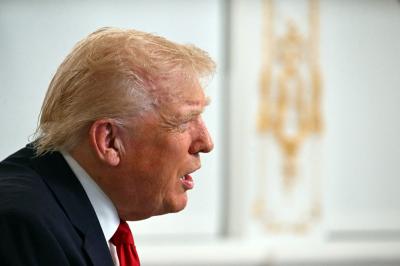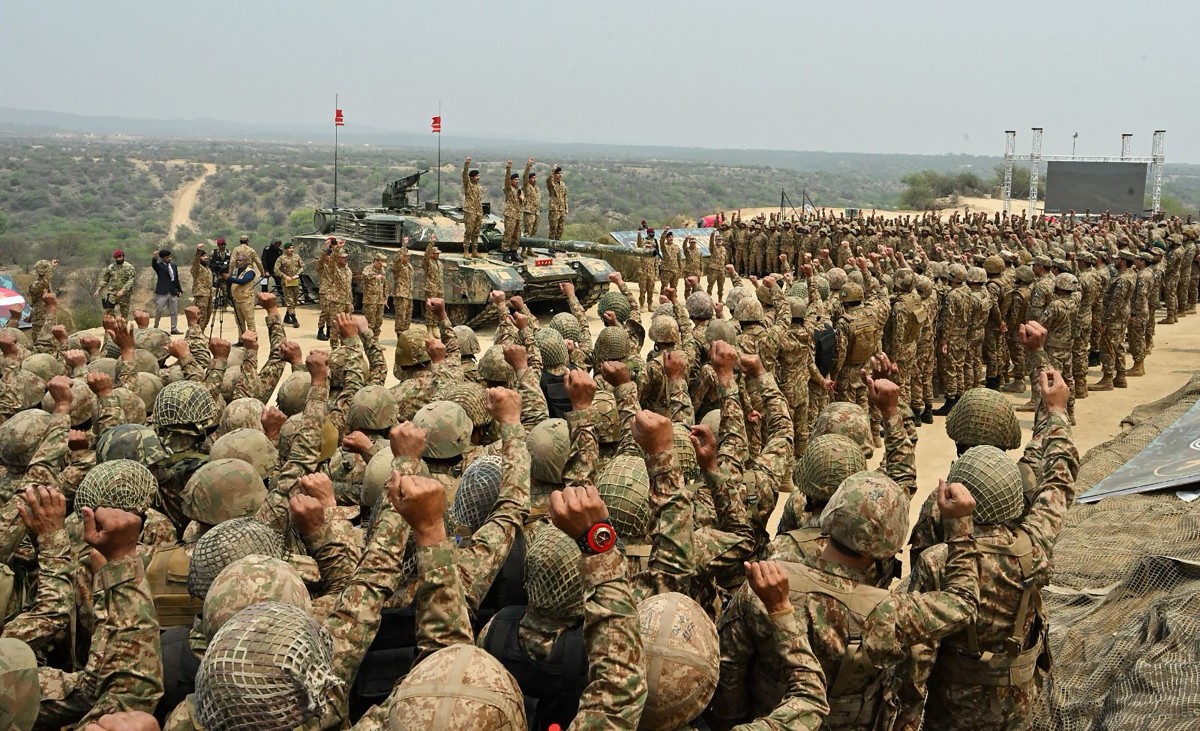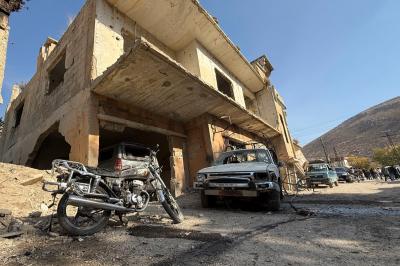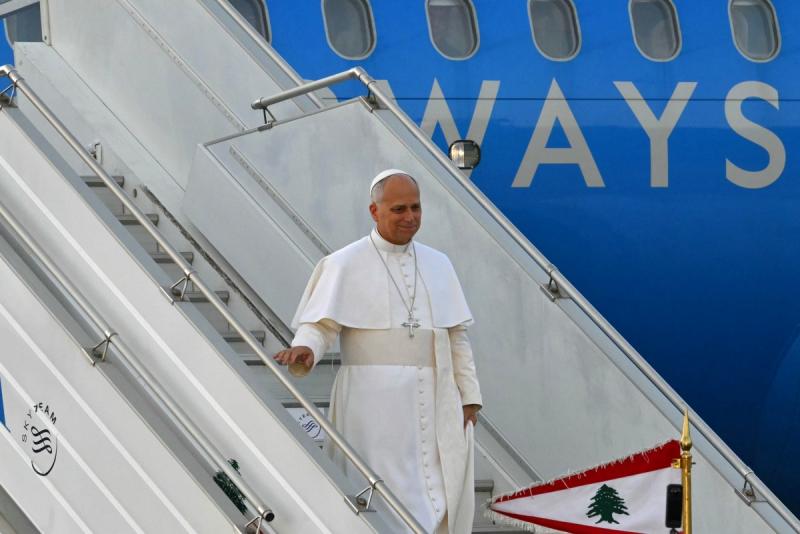Old wars and grudges are quickly rekindled in a world in a state of turmoil. India and Pakistan are once again at odds over Kashmir. The trigger, a terrorist attack perpetrated mid-April in this disputed region, which claimed the lives of 26 tourists—mostly Indians—has brought the two nuclear-armed South Asian rivals face to face.
India considers this incident an act of terrorism supported by Pakistan and affirms its willingness to hunt down the perpetrators even beyond borders. Moreover, in an immediate response, India suspended the Indus Waters Treaty in order to deprive Pakistan of water from the river, which flows through the Indian-controlled region of Jammu and Kashmir. Pakistani counter-reaction: condemnation of the Indian measure, calling it an "act of war." Both sides are putting their armies on high alert, and sporadic exchanges of fire are reported along the demarcation line, also known as the "Line of Control," a sort of de facto border established in the region after the first Indo-Pakistani War of 1947-1948.
The Pakistani Defense Minister recently stated that an Indian "military incursion" is imminent. What are the chances of a full-scale war breaking out between these two neighboring countries, both of which possess nuclear weapons?
Given the economic state of both countries, a full-scale war seems unlikely, as it would undoubtedly have catastrophic consequences for both sides.
India and Pakistan have already fought two wars, in 1965 and 1971, with historic consequences for Pakistan, which was dismembered with the creation of Bangladesh. A third war was narrowly avoided in 1999 when the two countries came close to a nuclear exchange in Kargil, Kashmir. The calculated consequences of a nuclear war curbed the military endeavor of both sides. Nuclear deterrence has remained the guarantor of a constant but fragile peace for the past ten years. Periodic exchanges have nevertheless been reported along the famous "Line of Control." It can be said that this time too, nuclear deterrence played a pacifying role, preventing the two protagonists from embarking on a military adventure with disastrous consequences.
Historical Context
We recall that in 1947, in the aftermath of World War II, British-controlled India was divided into a non-Muslim India and a Muslim Pakistan. At the time, the populations living within a single territory decided to return to their respective countries of religion. Nearly 13 million people crossed the new border in both directions. A bloody migration during which more than a million people died.
In short, today, once again, India accuses Pakistan of supporting terrorist groups operating in Kashmir and beyond its borders. Attacks such as the one on the Indian Parliament in 2001, the Mumbai attacks in 2008, and the Pulwama suicide bombing in 2019 have significantly exacerbated tensions.
It remains to be seen how major powers will position themselves in the face of this new risk of war. Clearly, the United States, Russia, and China are at the forefront; all three have different and often conflicting interests. What unites them is, above all, the risk of a nuclear conflict, with all the dangers that entails. Another factor places them in the same audience: the growing risk of terrorism in Southeast Asia. Finally, there is the risk of a war spreading to the Middle East or to the East, with serious military and economic implications given the possible disruptions to distribution and trade networks with a rapidly emerging technological India.
More broadly, it is clear that the three powers mentioned are eyeing growing influence in the Indo-Pacific region and vital control of South Asia.
For the United States, Pakistan is a strategic ally in the fight against Russia, a struggle that dates back to the Cold War years with the former Soviet Union. India, for its part, a non-aligned country, favored the Soviet Union/Russia in its international relations until 1990, when India opted for a liberal economic system and cooperated with the United States on security matters after 9/11. Since then, the United States has often intervened as a mediator behind closed doors to ease tensions with Pakistan.
For Russia, India has always been an ally, and during the 1971 Indo-Pakistani War (which led to the creation of Bangladesh), the USSR provided India with diplomatic, military, and intelligence support. Russia remains a major defense supplier to India today, but strives to maintain a balance with Pakistan. Of greater concern to Russia is India's unclear position in the BRICS. India still seems hesitant to fully enter the system and continues to play it safe with the dollar.
For China (the new headache for the two major powers), it is sneakingly gaining influence. In less than ten years, it has become a key player in South Asia. It is closely allied with Pakistan (their relationship is often described as "ironclad friendship"). It provides Pakistan with military aid, nuclear technology, and infrastructure investments. This demonstrates a strategic interest intended to counterbalance India's growing regional power. Moreover, China and India have their own border disputes (such as the Galwan Valley clashes in 2020), which adds to the complexity of the inter-relationships.
In this complex context, all the existing protagonists must deploy extreme peacemaking efforts to avoid jeopardizing the new "Belt and Road" project being implemented by China with Pakistan, which runs through Pakistani-controlled Kashmir. India firmly opposes this initiative, a veritable umbilical cord for all East Asian economies.
Please post your comments on:
[email protected]
 Politics
Politics














